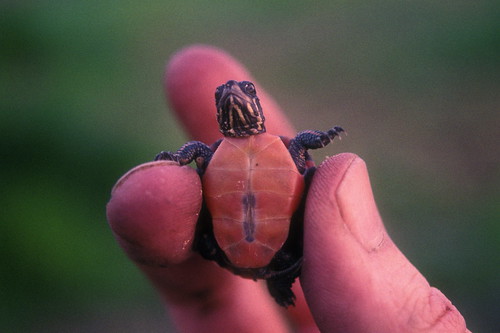Here's a straightforward post! Lots of tiny things that are generally very round and rather cute- I can't go wrong with that, right?
Speaking of these guys, though- here's some extra interspecies cute for you to read on, featuring an older tortoise and a younger hippo. It happened quite a while back, but it still makes for a good read.

source

source

source

source

source

source

source

source

source

source

source

source
And lastly!
...but of course, not least-ly-

source
A lot of the spiders I've featured so far have been hunting spiders and orb weavers. Obviously in real life, if you see signs of spiders, you'll notice that there are definitely other web types! Like cobwebs, or wispy tangled webs. These webs are built by spiders similar to the above ones- all of which would belong to the very big family of Theridiidae spiders. The happyface spider, aka. T. grallator, is also one of thse, as are the infamous widow spiders. They're a popular family of spiders to study due to the polymorphism they can show within species, as well as the social traits they tend to have. Here are two more different spiders from the same family! (They're a lot smaller than they look here, too.)

source

source
Speaking of these guys, though- here's some extra interspecies cute for you to read on, featuring an older tortoise and a younger hippo. It happened quite a while back, but it still makes for a good read.

source

source

source

source

source

source

source

source

source

source

source

source
And lastly!
...but of course, not least-ly-

source
A lot of the spiders I've featured so far have been hunting spiders and orb weavers. Obviously in real life, if you see signs of spiders, you'll notice that there are definitely other web types! Like cobwebs, or wispy tangled webs. These webs are built by spiders similar to the above ones- all of which would belong to the very big family of Theridiidae spiders. The happyface spider, aka. T. grallator, is also one of thse, as are the infamous widow spiders. They're a popular family of spiders to study due to the polymorphism they can show within species, as well as the social traits they tend to have. Here are two more different spiders from the same family! (They're a lot smaller than they look here, too.)

source

source
+